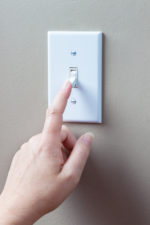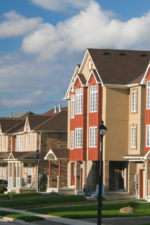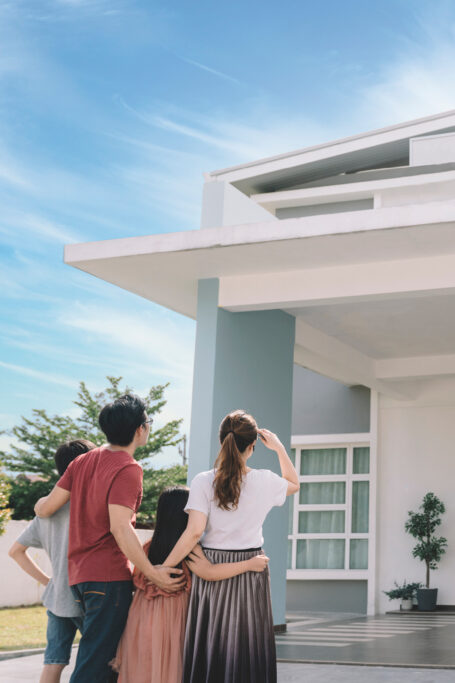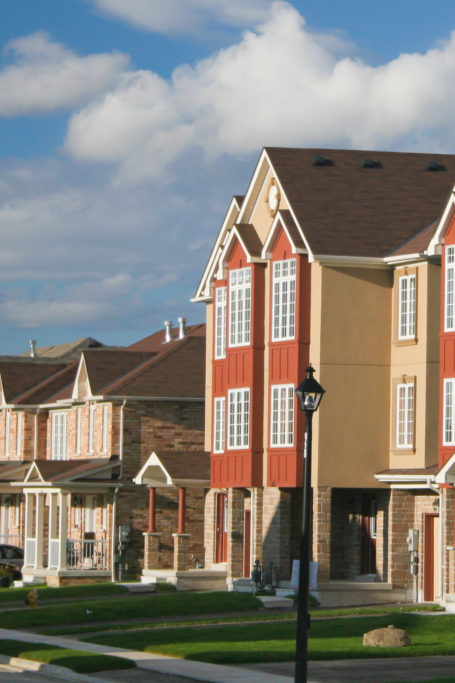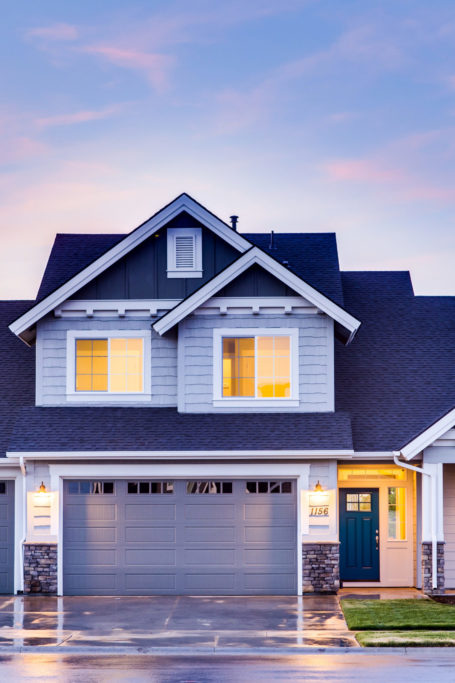The Decision to Age in Place
The ability to continue living safely, comfortably, and independently in your own home is a gift.
Per the CDC, 93 percent of Americans aged fifty-five and older prefer to age in place regardless of income, mobility, or health condition. Sidestepping or at least delaying moving into an assisted-living community or retirement home is a key goal for them as they age.
While circumstances are unique to each person, the possibility of aging in place hinges on several factors, such as whether they have financial independence, a reliable support system, access to vital services and resources, and the opportunity to engage socially. This guide offers invaluable insights into what your loved one should consider when planning a secure and fulfilling living situation for the years ahead.

Steps to ensure safety
Despite the vast majority of older adults aiming to age in place, only 15 percent of them have given much thought to how they plan to modify their homes, according to a poll from the University of Michigan’s Institute for Healthcare Policy and Innovation. However, doing so is essential to ensure your loved one’s place can accommodate their shifting needs, allowing them to easily navigate their surroundings with confidence.
Enhance bathroom safety
Most elderly falls occur at home, with up to 80 percent happening in the bathroom. To reduce this risk, install grab bars, handrails, and a raised toilet seat. A shower seat or bench can also aid movement, while eye-level shelves can prevent overreaching. Nonslip mats will enhance stability even further, creating an overall safer environment.
Improve lighting
Adequate lighting not only increases visibility but also lowers the chance of tripping over obstacles or misjudging distances. Consider putting a nightlight between the bed and the bathroom and within the bathroom itself. Additionally, opt for vibrant LED bulbs for all indoor and outdoor fixtures to ensure every area is properly illuminated.
Use modern technology
Smart home devices, including doorbell cameras and voice-activated home assistants, have revolutionized safety measures. Beyond that, the availability of specialized hearing- and visionenhancement tools, alongside smartphones and wearable tracking devices, offers a comprehensive support system for older adults. Such elevated technology provides extensive value for emergency situations and response times, enabling your loved one to live independently while also giving them, and you, peace of mind about their safety.
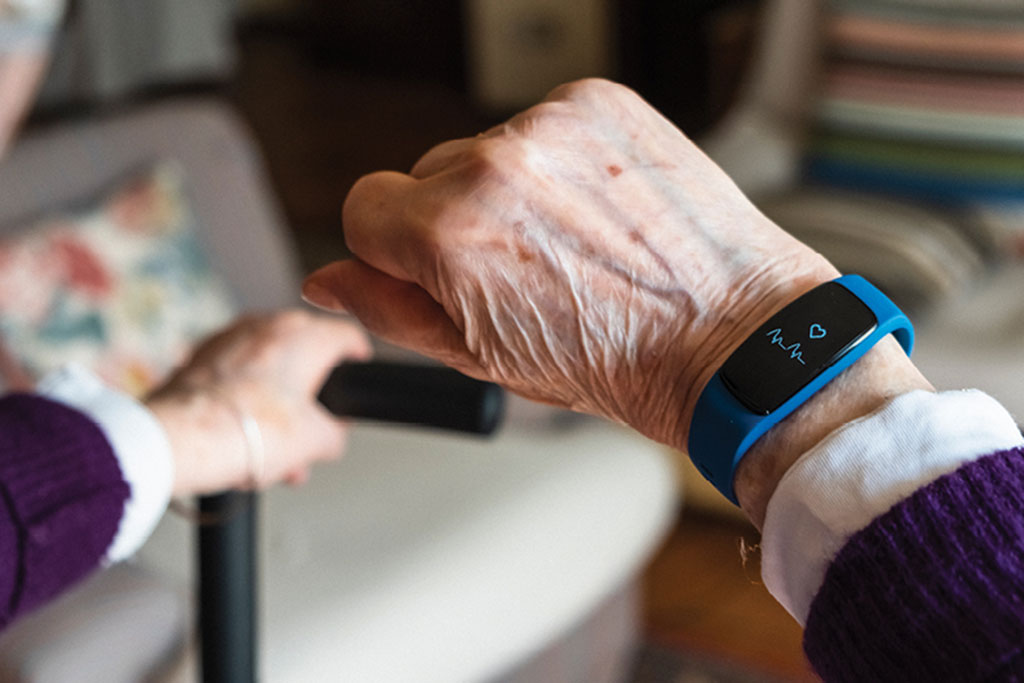
Other factors to consider
While aging in place has many benefits, it’s crucial to proactively acknowledge and prepare for the potential obstacles that come with this choice.
Reduced access to emergency health care
The accessibility of vital health-care services can differ based on a person’s geographic location. For instance, residing in a rural area might entail longer journeys to hospitals or clinics, potentially affecting your loved one’s capacity to receive prompt treatment during emergencies, especially if there’s unreliable cell service.
Difficulty managing daily household tasks
When people get older, basic chores like laundry, cooking, cleaning, and general home maintenance can become more difficult, even requiring assistance from others. To account for this reality and maintain a comfortable living situation, your loved one needs to be willing to accept help and factor any related costs into their budget.
Lack of a support system
Establishing a solid support system, which may include family members, friends, and in-home care assistants, is essential for the safety and wellbeing of an older person since it can better mitigate feelings of isolation and help ensure their safety. If your family member is distant from this network, it might be prudent for them to contemplate moving to a residence nearer to those they can rely on during times of necessity
Costly home-safety modifications
Keeping your loved one safe in their home depends heavily on the ability to install the necessary modifications. Whether it’s putting in a no-step shower with nonslip tiles, widening doorways for a wheelchair, or building a ramp leading up to the home, these modifications can be costly. If such upgrades aren’t financially feasible, it may be necessary to relocate your loved one to a home or apartment that offers reasonable accommodations.
Lack of transportation
Driving abilities often decline with age, which can pose a challenge for those wishing to stay in their homes—especially if they live in an area where they need to travel long distances for necessities like food or medicine. When an elderly family member is no longer capable of driving, it can become difficult to consistently organize transportation for their appointments and social activities. Furthermore, if they depend on public transit, concerns about their safety and ability to manage these journeys independently may arise.
Aging in place can be a fulfilling experience, so engage in open conversations with your loved one to gain insight into their wishes and needs for doing so. By strategizing and organizing ahead of time, you can simplify the process for both you and your family, ensuring a smoother transition into this next phase of life.









